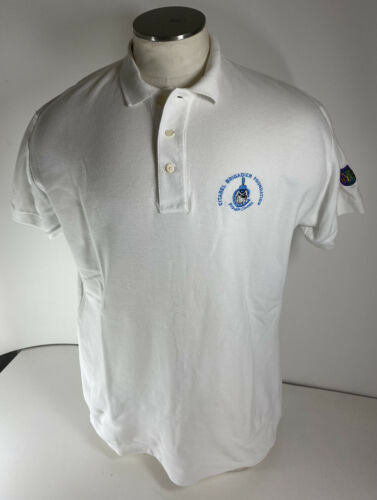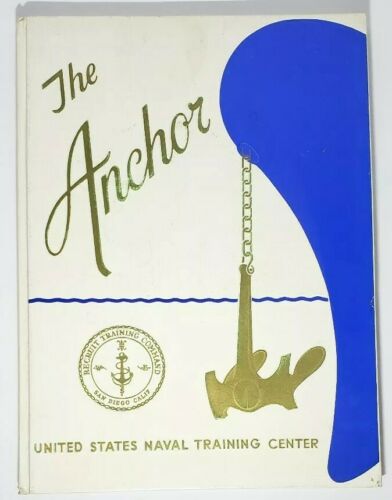-40%
SABRE AND SASH Pennsylvania Military Academy YEARBOOK Chester PA 1949
$ 7.91
- Description
- Size Guide
Description
The 1949 yearbook of the Pennsylvania Military Academy of Chester, PA. The previous owner and presumably a student inked his name inside front cover. Otherwise, no markings found in 177 clean and solidly bound glossy pages, followed by 7 pages of ads. No wear on boards.From the internet on a website dedicated to this school:
Pennsylvania Military College history dates back to 1821 when John Bullock, who established the Bullock School for Boys to prepare young men for “entry to college.” In 1853, the school became Hyatt’s Select School for Boys under the direction of Theodore Hyatt, who purchased the school, which had been renamed the Alsop School for Boys when Samuel Alsop became headmaster.
According to tradition, Hyatt found his pupils performing drills with broomsticks in the gym in the fall of 1858. He then introduced military training to “develop the muscles, expand the chest, and impart an erect gentlemanly carriage ….”
In 1862, the academy moved to West Chester, Pennsylvania and the school’s name changed to the Pennsylvania Military Academy (PMA). PMA enrolled preparatory as well as college students until 1892, when it developed a more collegiate program. The school was moved again to Chester in 1868 and with the help of a group of local citizens, buildings for the Pennsylvania Military College were built.
From 1892 to 1930, the school was under the direction of General Charles Hyatt, the son of Theodore Hyatt, and his son, Colonel Frank Hyatt. During this time, PMC was an all-male cadet college, modeled after the legendary U.S. Army Military Academy at West Point. The PMC cadets came to think of themselves as being from the “West Point of Pennsylvania.”
PMC offered military instruction that was exceptional. Since 1869, the school was the first to have a U.S. Army detail stationed at the school and it was also the first school to receive federal arms for training. In 1904, PMC was recognized on the first list of “distinguished institutions” published by the War Department.
Since 1860, PMC cadets became well known and acknowledged for their leadership, scholarship, and military service to their country in time of peace and war. PMC’s last casualty of the Vietnam War was the school itself. As the war dragged on and became less and less popular, so did all things military in America. In 1972, America’s second- oldest military college disbanded its Corps of Cadets."
B41













